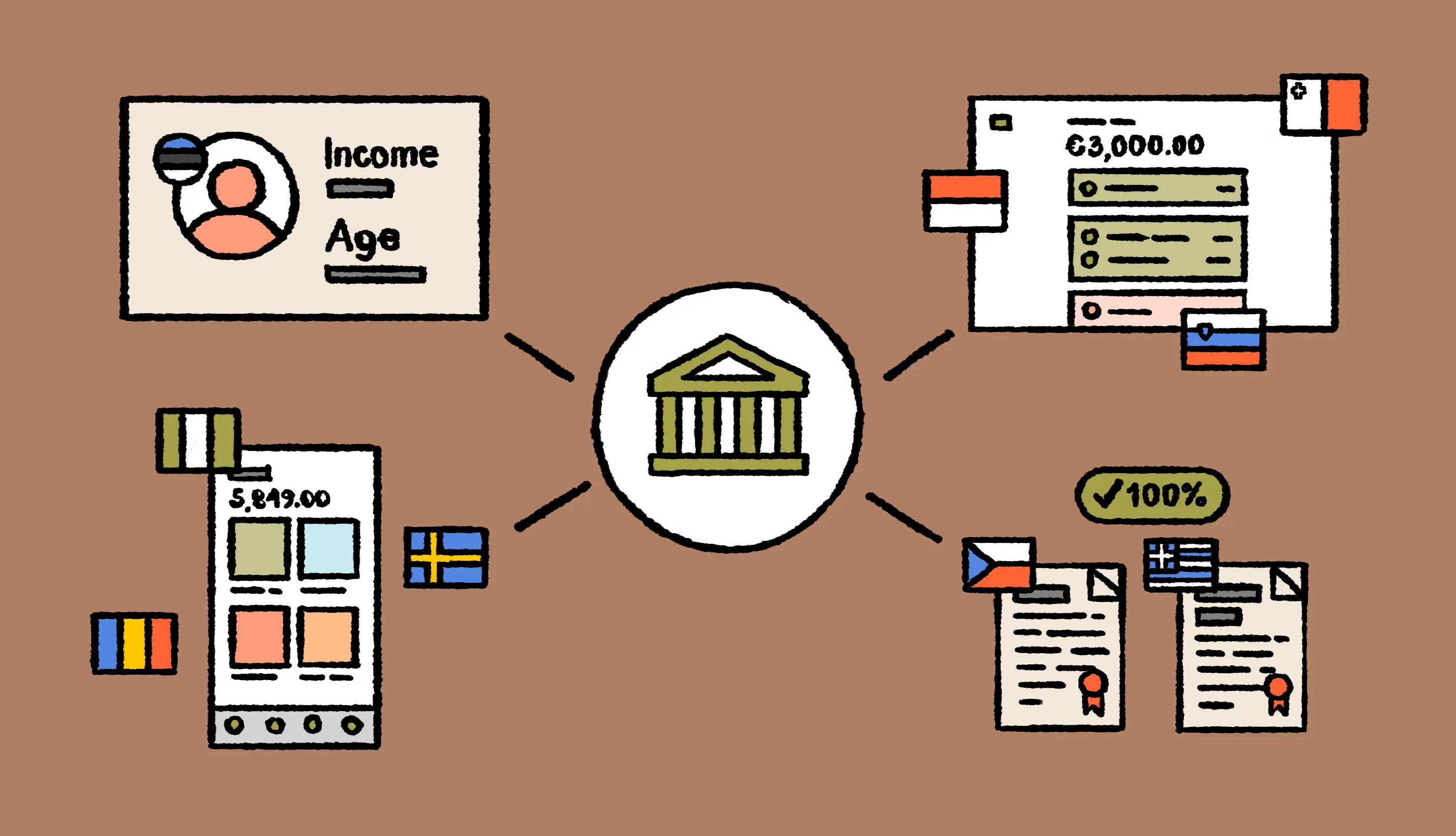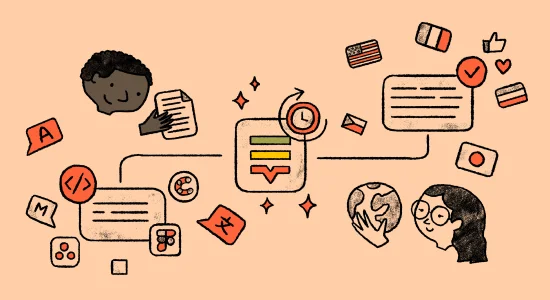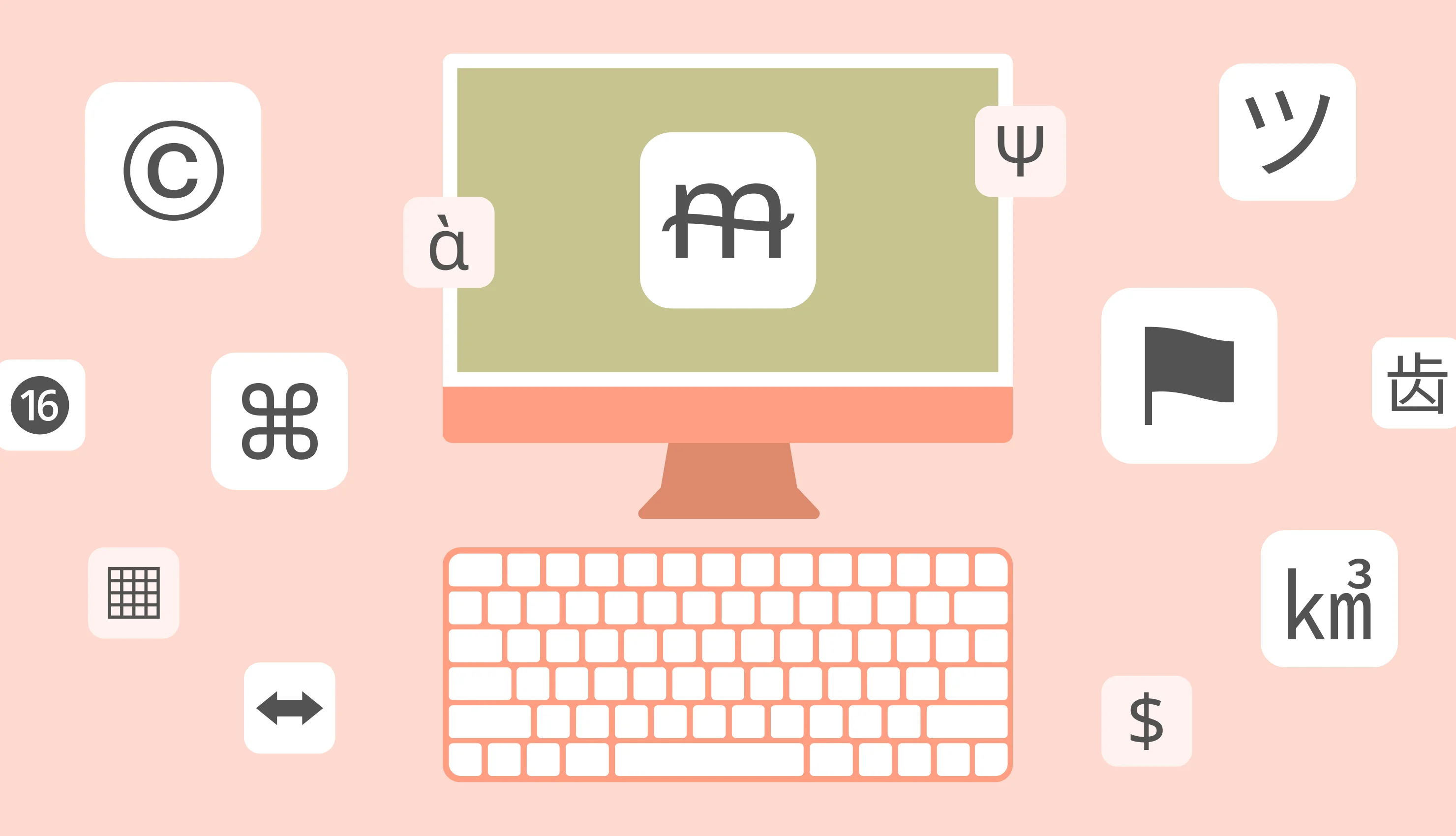When moving into new markets, having a localization strategy is crucial to successful acceptance and engagement with local audiences. But businesses need to tailor their strategy to fit their brand and their industry.
Financial technology companies, or fintechs, operate in a heavily regulated industry which dictates how they need to approach expansion into new territories.
There’s no one-size-fits-all solution, but in this blog post we’ll look at a number of topics that fintechs should consider for a more successful localization journey.
[Have you checked Lokalise’s piece on how to choose the right LSP for fintech localization? It’s worth a read.]
Do your market research
It’s an obvious place to start, but the key here is focusing your efforts in the right areas. Of course, you need to look at country and language requirements, but the demographics of your intended audience—age, gender, faith, income, social status, etc.—are also crucial to targeting your approach.
Maybe you’re appealing to people with a lot of disposable income, or maybe you’re targeting those with limited financial means who need a short-term loan. Both approaches need careful consideration.
Here’s an example of market research in application. If your customers are younger people in emerging markets in certain African nations, there is no longer the need to set up a brick-and-mortar location. This audience has grown up trusting companies that they interact with solely through mobile phones.
Mobile uptake is strong in Northern European countries, too. However, if you’re entering countries in Southern or Eastern Europe, which are typically tougher markets for fintechs because they’re more traditional with well-established banking brands, you may well be better to focus on a traditional computer-based web presence.
Assess your content—what should you translate first?
For financial services, the first priority has to be making sure compliance and regulatory information is part of the fabric of your organization and communicated consistently to its consumers, which means it has to be at the top of your translation list.
Without it, you might not retain a license to offer financial services. And if you get it wrong, you attract unwanted attention from local, national and global regulators and watchdogs and potentially risk being shut down or causing irreparable damage to your brand.
Marketing and promotional content should be translated once there is a solid legal foundation to operate in a country. So, maybe regulatory material shouldn’t just be first on the list, but second and third also.
What’s the best type of translation?
Regulation and compliance leave no room for ambiguity. Your translated content must be 100% correct to the letter of the law. This requirement informs the type of translation you need to use. The main thing you want to determine is the process for each kind of communication. This chart outlines five different types of translation and where they can be used most effectively.
| Type of translation | What is it? | Types of materials |
| Transcreation | Creative, adaptive translation | Marketing collateral, advertisements |
| Premium translation | Translation by a professional translator who is a subject matter expert | Regulated content, specialized/expert content |
| Standard translation | Translation by a professional translator, but specialized knowledge is not necessary | Websites, e-learning |
| Post-edited machine translation | A human reviewer edits the raw machine translation to bring it up to the required level of quality | Product documentation |
| Neural machine translation | Translations are completed 100% by an MT engine | Everything else |
You can do a lot with machine translation (MT), but for important regulatory material, only premium human translation, involving a subject matter expert, should be considered.
Transcreation, or adapting content so that its creative meaning stays intact even if it is not a direct translation, is usually the most expensive option. Transcreation is solely delivered by professional linguists and copywriters giving you the best results for your creative marketing and advertising campaigns.
Choosing the right technology to make sure you’re secure
There are a lot of different types of technology out there that need to be used to produce your regulatory, marketing, internal communications and other content, but the most important aspect of any technology decision is security. What level of security is your technology choice going to give you?
Not everything needs to be ultra-secure, but customer data and regulatory information have to be. In the end, you’ll probably use a variety of tools, such as MT and a translation management system (TMS), that meet your different localization needs. Develop a must-have features list, compare options online and invite a shortlist of providers to give you demos.
Define and manage your quality assurance (QA) function
Quality assurance is about providing the most accurate and high-quality content for your audience and use case. Every piece of content must go through some level of quality assurance before it goes to the consumer.
For fintechs, regulatory and brand content can have different QA guidelines and processes. For the former, it’s about getting the translation right and staying up to date. For the latter, it’s about making sure the tone of voice is right so the content speaks to your audience.
You also may need to adjust your QA guidelines to different territories. You might use more formal translations in Germany than you do in the UK to reflect the more formal speaking style there.
Or, content might need to be worded differently based on your target demographic, such as using more current slang and social references to attract a younger audience. Your language service provider (LSP) should address this and be part of the journey with you.
It’s worth noting that for your regional websites, the quality of your translations can impact your international SEO rankings. Therefore, ensuring that your translations are of high quality is crucial for international organic growth.
Centralize your localization programme
What you want to be looking for is one partner with global experience and a presence in each of your target countries (such as in-country translators or an office). By centralizing your localization programme, you make more effective use of resources, knowledge and your investment.
You get seamless end-to-end service using the same tech, the same processes and from an account management standpoint, even the same people.
For instance, when we started working with Revolut, we already had a flexible internal workflow in Lokalise that worked well for the client.
Compare that to finding a new supplier every time you want to go into a new country. There are so many variables involved in fintech localization that the more stability you have in your core team and the greater global reach your LSP has, the more you can focus on successfully running your business and not worrying about how to get traction in a new market.
Ultimately, whatever market you’re looking to enter, one of the first questions you should be asking yourself is “what are the localization demands of this market?” Keeping this in mind will determine the types of translation, technology and ways to interact with your audience to ensure an ongoing, successful relationship with your new customers.




